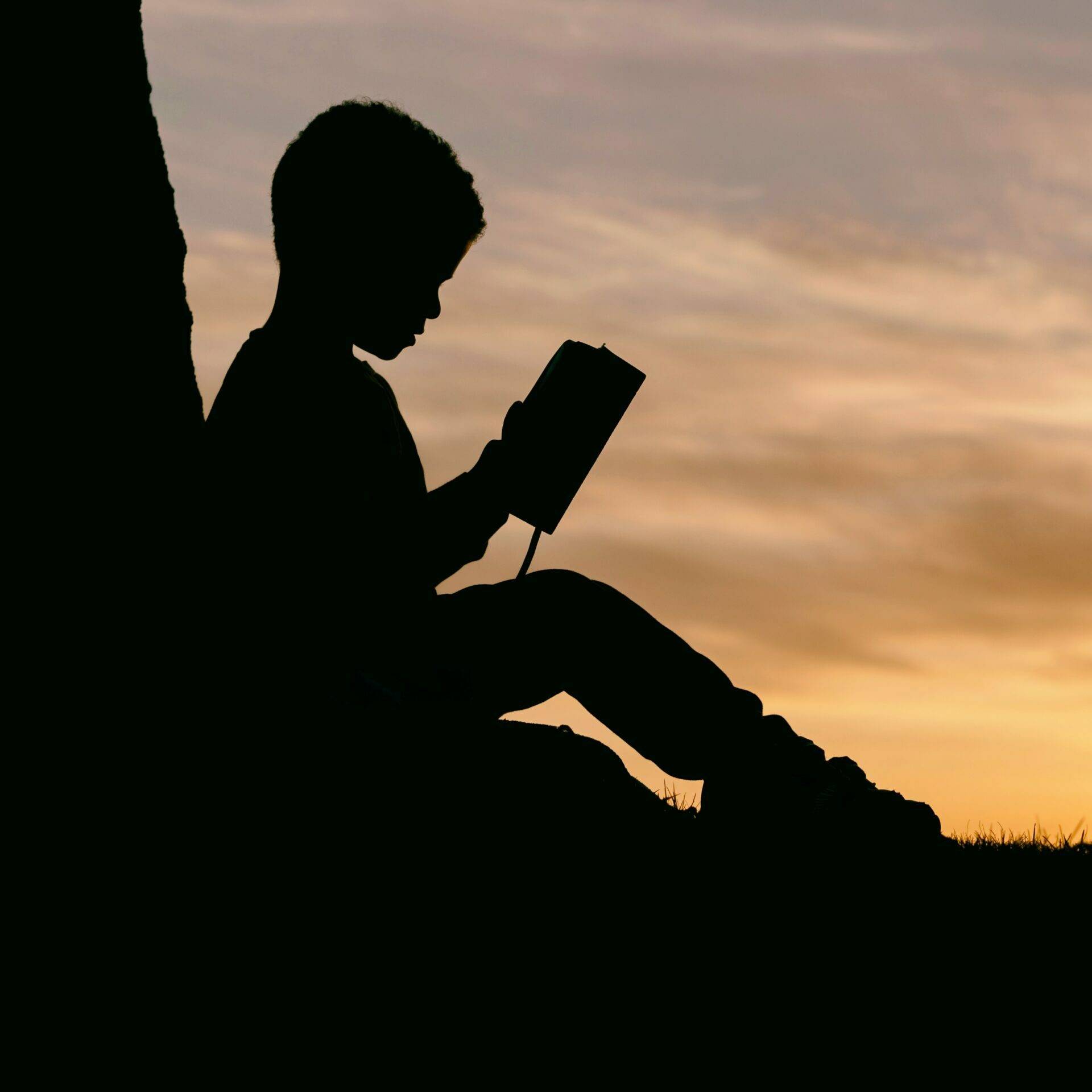As debates unfold around the future of PBS funding in 2025, the potential impact on children’s learning is becoming a critical concern for educators, parents, and policymakers alike. PBS Kids has long been a cornerstone of trustworthy, research-backed educational media. Its shows — from the enduring lessons of “Sesame Workshop” to the interactive learning tools developed with “PBS LearningMedia” — have shaped generations of learners. Yet, with federal cuts threatening public broadcasting, questions arise about what children stand to lose in their academic and developmental journeys amidst a media landscape flooded with diverse but often unvetted content.
How Ending PBS Funding Threatens Educational Progress in Children
Public broadcasting’s role in children’s education extends far beyond mere entertainment. PBS serves as a national platform where cognitive and social development are nurtured through content designed with rigorous educational research. Shows like “Arthur,” “Molly of Denali,” and “Lyla in the Loop” are products of years of careful testing and revision, ensuring they are both engaging and pedagogically sound. The defunding of initiatives such as the Ready to Learn grant — which accounted for nearly $23 million and sustained research and programming efforts — would undermine this carefully built foundation.
- Reduction in quality educational content: PBS Kids’ ability to develop new shows with computational thinking or literacy focus would be severely hampered.
- Loss of research-backed programming: Few organizations match the rigorous evaluations that PBS implements to guarantee learning outcomes.
- Community engagement declines: Over 330 local affiliates offer workshops and outreach that connect children, especially in underserved areas, to quality educational experiences.
Such cutbacks could leave children exposed to an ever-growing sea of online content which, while abundant, often lacks the educational integrity offered by PBS and peers like Khan Academy Kids or Scholastic.
Federal Funding’s Crucial Role in Sustaining PBS Educational Media
Federal support represents about 15% of PBS’s total budget, a modest investment with a significant societal return estimated at roughly $1.40 per taxpayer annually. This funding backs programs developed through decades-long research collaboration among educational psychologists, child development experts, and media producers. The abrupt cancellation of the Ready to Learn grant in 2024 ended ongoing projects midstream, forcing PBS to furlough a substantial portion of its Kids division staff and shutter local programming efforts.
- Premature termination of funded research projects damages long-term innovations in educational content.
- Staff layoffs and reduced programming limit quality content production and dissemination nationwide.
- Diminished capacity for tailored learning tools that adapt to various age groups and learning needs.
Without this backing, PBS’s unique ability to bridge research and media risks disappearing, affecting how children in low-income and rural communities—where alternative resources like broadband access or libraries are limited—engage with educational content.
Why Trust in PBS Kids and Similar Non-Commercial Media Matters More Than Ever
Parents have trusted PBS Kids for over two decades, citing its programs as safer and more reliable than many commercial alternatives like Nickelodeon or Disney Junior. Unlike these often entertainment-first channels, PBS Kids integrates education seamlessly with enjoyment, fostering learning without commercial distractions.
- Child-centered content: Episodes are designed with children’s attention spans in mind, typically lasting 11 minutes to optimize retention.
- Research-based curriculum: Shows undergo extensive testing with the target audiences to ensure comprehension and engagement.
- Transparency in findings: PBS publicly shares research findings, allowing continuous improvement and collaboration within educational circles.
In an era where children spend over two hours daily on screens, establishing access to wholesome digital content has become more critical. As newer platforms emerge, such as National Geographic Kids or Jumpstart, the educational value can vary widely, highlighting the irreplaceable role of PBS and its partners like Sesame Workshop.
The Broader Social Benefits of Sustaining PBS in Children’s Education
Research continues to demonstrate that children exposed to quality early education media tend to excel academically and socially, reducing future societal costs such as poverty or crime. PBS’s programming not only supports literacy and math skills but also nurtures social-emotional growth through beloved characters and thoughtful storytelling.
- Improved literacy and numeracy: Shows like “Super Why!” and “Peg + Cat” contribute measurable academic gains.
- Enhanced problem-solving abilities: “Molly of Denali” and others encourage critical thinking processes.
- Strong community ties: Local stations provide workshops and camps that transform media consumption into active learning.
For many families without formal early childhood education access, PBS becomes an essential supplement to their children’s learning environment, a role that could be jeopardized by funding losses.
Facing a Complex Media Landscape: Why High-Quality Public Media Like PBS Is Irreplaceable
Today’s children are immersed in a media flood—from YouTube Kids with over 145 million downloads to streaming channels hosting shows like those on PBS Sprout. However, sheer quantity does not equal quality. Many programs labeling themselves as educational lack the rigorous evaluation that PBS enforces. This leads to the risk that children consume “digital junk food” rather than nourishing educational content.
- Quality control challenges: Many streaming and online platforms lack guidelines to vet learning efficacy.
- Parental overwhelm: Navigating this vast selection requires media literacy skills that are still nascent for many families.
- Threat to research-backed curriculum: The Children’s Television Act of the 1990s mandated educational content on broadcast TV, but this safeguard is weaker in the digital age.
As PBS adapts with digital tools and apps, supported by robust research, its role remains unrivaled in delivering structured, effective learning outside the classroom.
Strategies to Support Children’s Learning Amid Funding Changes
In this shifting landscape, educators and families can turn to resources complementing PBS offerings. Platforms such as National Geographic Kids, Scholastic, Khan Academy Kids, and Jumpstart provide valuable supplements that maintain educational standards. Collaborative approaches can help fill gaps left by funding cuts.
- Utilize diverse trusted platforms: Selecting content known for reliable educational outcomes.
- Foster community learning: Supporting local programs that engage families beyond screens.
- Promote media literacy: Equipping parents and caregivers with tools to discern quality.
- Advocate for sustained public media funding: Recognizing PBS’s unique societal contribution.
By intentionally navigating the media ecosystem, communities can safeguard children’s access to meaningful, research-supported educational content despite financial and structural challenges.

